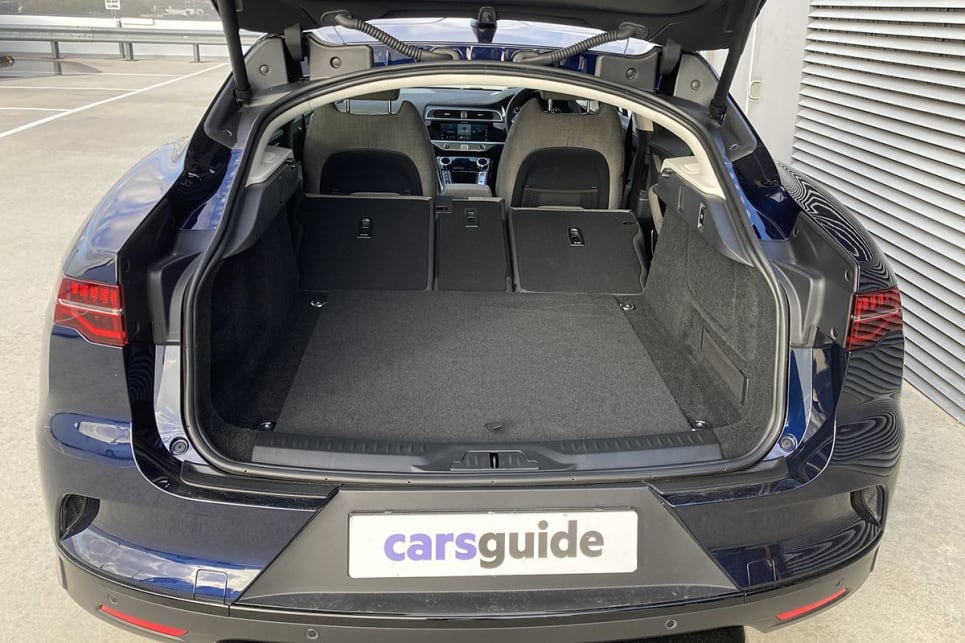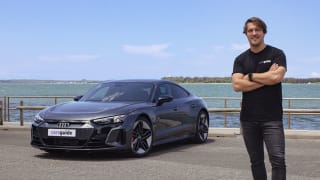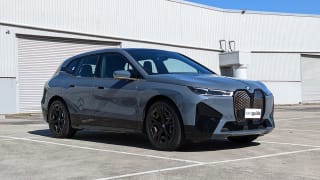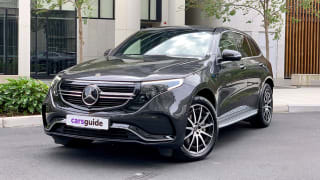Unveiled for the 2021 model year elsewhere but finally released just this year in Australia, the updated I-Pace EV400 (denoting the maximum power output in braked horsepower) brings minor visual changes, but more important ones underneath, too.
Most noteworthy are a larger onboard charger (from 7.0kW to 11kW) to substantially increase charging times, an advanced new-from-the-ground-up multimedia system, improved climate control, better surround-view camera options including integration with the rear-view mirror (dubbed 'ClearSight') and wireless charging updates.
They help smother some of the Austrian-built Jaguar EV’s wrinkles against a growing army of fresher alternatives, including the EV6, Audi e-tron (soon to gain the Q8 prefix), BMW iX, Lexus RZ and Mercedes-Benz EQC.
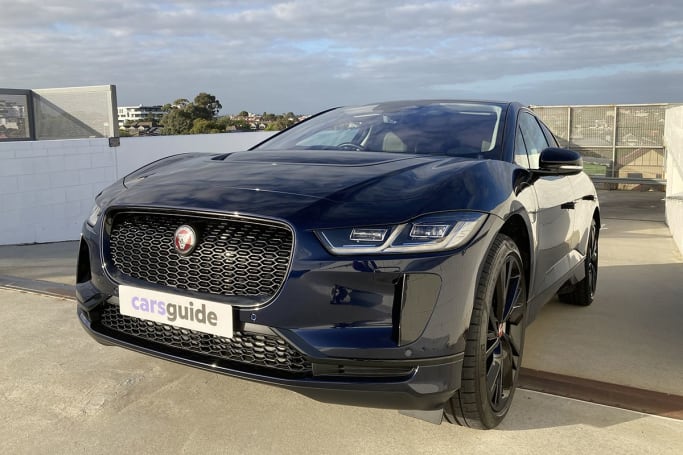
Kicking off from $148,800 (all prices are before on-road costs), the ‘24MY’ (2024 model year) EV400 SE is the latest I-Pace’s opening gambit, though we’re testing the HSE flagship version from $165,600.
Both grades feature an electric motor on each axle for all-wheel drive, a 90kWh battery pack and Jaguar's R-Dynamic pack.
Standard features include LED automatic headlights, electric/heated door mirrors, flush exterior door handles, an acoustic and heat-deflecting windscreen, rain-sensing wipers, keyless entry/start, a rear-view camera, part-leather upholstery, front sports seats with electric adjustment and driver’s side memory plus adaptive cruise control with lane-assist.
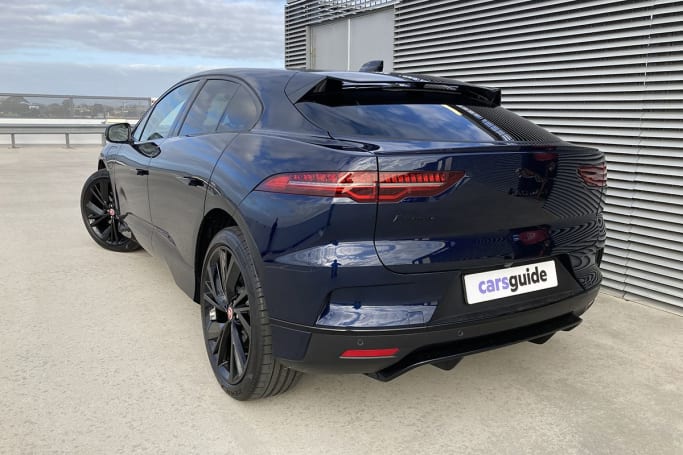
There's also dual-zone climate control with remote cabin pre-conditioning, configurable ambient cabin lighting, electronic instrumentation, Bluetooth connectivity, Apple CarPlay/Android Auto compatibility, digital radio, wireless charging, over-the-air updates for the 'Pivo Pro' multimedia system, voice control, a public charging cable, perimeter alarm and three-year subscription to Secure Tracker car finder, a powered tailgate, a bicycle-carrier preparation kit, 20-inch alloy wheels and a tyre-repair kit.
There is no spare wheel fitted but a space-saver is available at extra cost.
Stumping up another $16,800 for the HSE nets you upgrades like leather trim, heated/cooled front seats, heated rear seats, suede headlining, fixed panoramic roof, animated indicators, approach lights in the exterior mirrors, a head-up display (HUD) and different wheels.
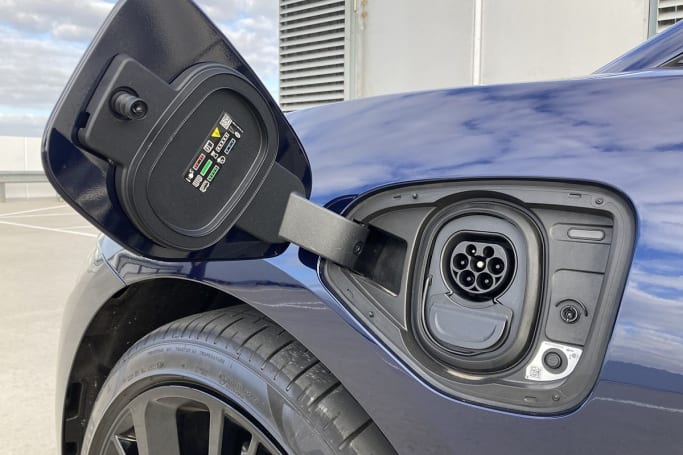
On the safety front, both grades feature six airbags and a decent level of driver-assist technologies including autonomous emergency braking (AEB) as expected at this price point. More on those in the Safety section below.
Now, the I-Pace EV400 HSE R-Dynamic we tested was a 23MY model, which differs from the above in that it started from over $5000 less at $160,217, but isn’t as well equipped as the 24MY.
It also included a number of options that bumped the price up to a tad under $180,000, starting with the $5008 'Premium Black Pack', ushering in air suspension, a rear spoiler, black exterior trim highlights and 22-inch glossy black alloys.

Other goodies included a fixed panoramic roof ($3580), adaptive dampers ($2405), four-zone climate control ($1820), carbon-fibre trim finish ($1521), that ClearSight rear-view mirror ($1131), full-colour HUD ($1040), Privacy Glass ($845) and no-cost 'premium textile' (non-animal derived) upholstery.
The point is, to specify your I-Pace to what you see in our images, you’ll need to add nearly $20K to an already hefty starting price.
This is par-for-the-course for most premium brands, though paying extra for cupholders, a HUD and rear-seat climate control when some carmakers include them seems mean at these prices.









